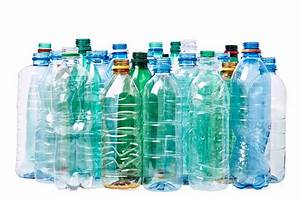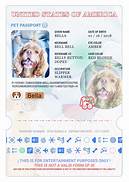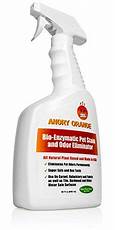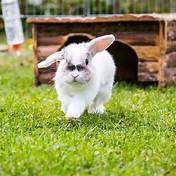What Are PET Bottles?
Polyethylene terephthalate (PET) bottles are a type of plastic bottle made from a lightweight plastic material. They are widely used for packaging a variety of products, including water, soda, juice, and other beverages. PET bottles are also used for packaging food products, such as salad dressing, cooking oil, and peanut butter.

Benefits of PET Bottles
PET bottles offer a number of benefits over other types of packaging. These benefits include:
1. Lightweight: PET bottles are much lighter than glass bottles, which makes them easier to transport and handle. 2. Shatter-resistant: PET bottles are not as easily broken as glass bottles, which makes them safer to use and dispose of. 3. Transparent: PET bottles are transparent, which allows consumers to see the product inside. This can be helpful when choosing a product or checking the quality of the product. 4. Recyclable: PET bottles are recyclable, which helps to reduce waste and conserve resources.Drawbacks of PET Bottles
PET bottles also have some drawbacks, including:
1. Not as durable as glass bottles: PET bottles are not as durable as glass bottles and can be more easily scratched or dented. 2. Can leach chemicals into food and beverages: PET bottles can leach chemicals into food and beverages, especially when exposed to heat or sunlight. This can pose a health risk to consumers. 3. Not biodegradable: PET bottles are not biodegradable, which means they can take hundreds of years to decompose. This can contribute to pollution and waste.Conclusion
PET bottles are a type of plastic bottle that offers a number of benefits over other types of packaging. However, PET bottles also have some drawbacks, such as the potential to leach chemicals into food and beverages and the fact that they are not biodegradable. Consumers should be aware of both the benefits and drawbacks of PET bottles before making a decision about whether or not to use them.
Declaration: All article resources on this website, unless otherwise specified or labeled, are collected from online resources. If the content on this website infringes on the legitimate rights and interests of the original author, you can contact this website to delete it.





